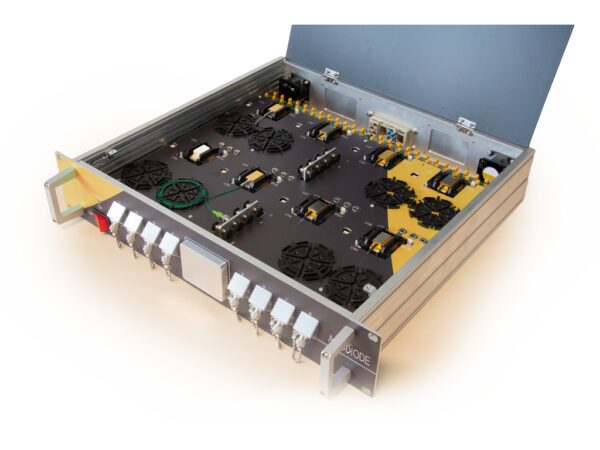
It is not that easy to choose the best pulsed laser diode driver when you need it for an application. There are several specialty companies that dominate fast pulsing current products design and manufacturing. It is difficult to find those companies and receive timely information that would help you to find the very best products for your project. However, if you properly analyze the situation and you take into account those factors that are really important, you will be able to make the correct choice. Basic design principles will help you and you should remember it is always a good idea to test before making large financial investments.
What Is The Driver?
The driver for the pulsed laser diode is a constant current source, one that is voltage controlled. It is designed so it delivers repeatable current pulses sets at specific output levels over time intervals that are defined by the user. The output towards the laser is always defined in units of time and amplitude. A very common driver type delivers time in units of 100s of picoseconds, microseconds, and nanoseconds, with frequencies that can go as high as 500 MHz.
In most situations, the only parameters the user can adjust and set are pulsing time and output current amplitude. Output voltage adjustments are typically not possible, but there are drivers that let you also adjust the output voltage. However, manufacturers do specify voltage. In the datasheets received, the term used for this is compliance voltage. The listed value is the output voltage available range for the constant current source leading to the load. It is how much voltage the current source reaches when it tries to produce desired current values. The constant current source needs to deliver a set current amount, one that is as precise as possible. Based on Ohm’s law, voltage is sourced from the current.
Common Pulsed Laser Diode Driver Applications
Some of the applications requiring drivers with a range of picoseconds to microseconds are fiber laser seeding, range finding, sensing, emerging medical applications (for instance, tomography), and LiDAR.
Choosing The Best Driver
The most important thing to do when choosing a driver is to analyze the datasheet. Some of the specs are more important than others in determining product fit. Besides the laser package style, the most important 5 specifications you have to analyze to let you make the best possible choice are the following:
-
Current Amplitude Range
-
Frequency Range (normally presented as Single Shot to specific MHz)
-
Pulse Width Range (normally expressed in microseconds, nanoseconds, or sometimes picoseconds)
-
Compliance Voltage Range (normally presented with a range of 3V to 10V)
-
Duty Cycle Limit (like limited to a duty cycle of 50%)
Current amplitude is really easy to analyze so you can determine if it is appropriate for your application. The other parameters are variable and you want to check to see if the fit is good or not. You can easily review every single one of the parameters if you have general to advanced knowledge of pulsed laser diodes and electricity.
